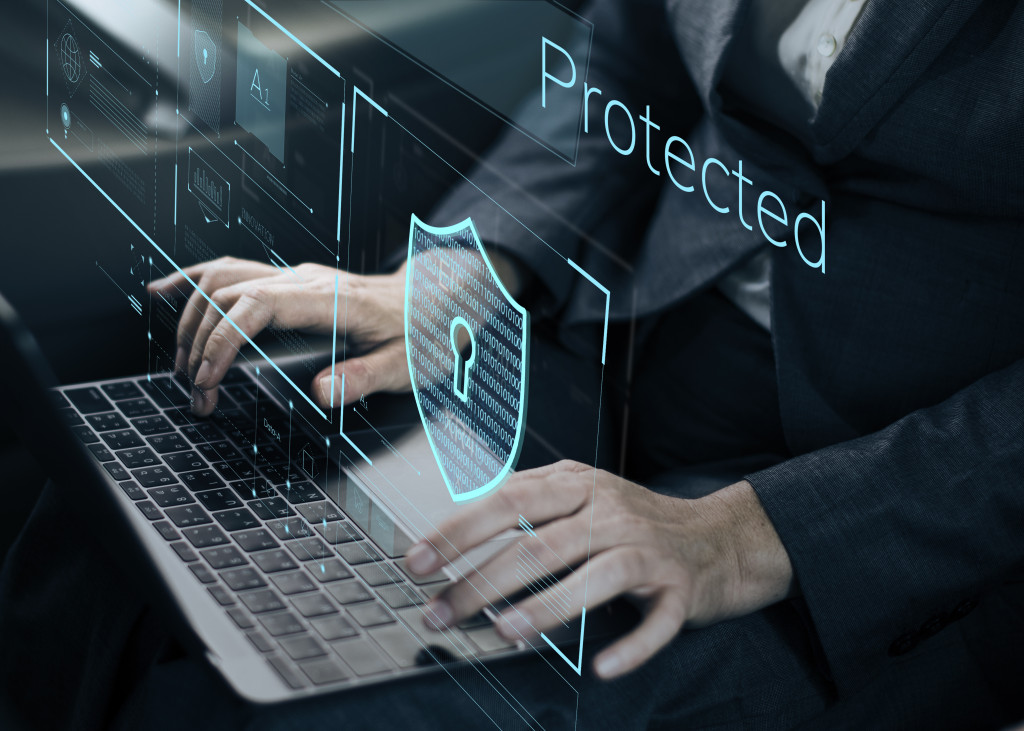Companies are now handling massive volumes of data, including personal information of individuals and sensitive business information. These are vulnerable to breaches through cyber-attacks, as well as loss from physical dangers such as fire.
Data breaches have been rampant in 2020 and continued this year. According to the Q3 2020 Data Breach QuickView report of Cyber Risk Analytics, the first six months of that year showed the highest number of exposed records. Another 8.3 billion records were exposed in the third quarter of 2020, bringing the total to 36 billion. The 2021 Mid-Year Data Breach QuickView report from the same company showed that another 18.8 billion records were exposed in 1,767 breaches from January to June this year.
A study conducted in 17 countries around the world by the Ponemon Institute and IBM showed that in 2020, each data breach cost the victimized company or organization an average of $3.86 million. The company with the highest cost per breach was the U.S., with an average of $8.64 million for every hack.
Securing Servers in Data Centers
Companies have the option of storing their servers in their own offices or having servers in data centers. When servers are in the company office, the company must provide a particular room with all the technical specifications required. The enterprise also shoulders the cost of purchasing and maintaining servers, upgrading equipment and software, and hiring a team to manage the servers and provide cybersecurity measures. Backups are in-house and are therefore vulnerable to theft, flooding, fire, and other risks.
Data centers are sizable buildings constructed specifically to house many servers of various clients in the most secure manner possible. These buildings have reinforced concrete walls and are earthquake-proof, located in areas with no flooding, and have various fire prevention measures. One of these is having data center flooring that is static-free to prevent sparks. Servers are in cabinets or cages that are bolted to the floor and locked.
They also have high levels of security against intruders. This includes having a professional security force, cameras positioned throughout the perimeter and at the entrance, physical locks, and biometric entry systems. All employees undergo thorough background security checks.
Visitors, including clients, are logged in when they arrive and log out when they leave. They are always accompanied by an employee on the premises and are given limited access to areas with equipment. Although there are many clients, their data are compartmentalized from each other.

The technical requirements for many servers working continuously around the clock through the years are built into these centers. There is enough power for all of them, with backup generators that instantly take over when there is a power outage. There are also backup systems for network connections. Climate control works to cool down the servers.
The data center purchases all the servers and software systems needed by its clients. It upgrades these depending on its clients’ needs. It takes on the responsibility of scheduled inspection and maintenance of the servers’ hardware. They also have IT teams that manage all the software systems involved.
Data centers ensure complete data backups and data recovery. Backups are safely in the cloud. Some data centers have other locations that provide another set of data backups. Data centers are also responsible for providing cybersecurity for their clients’ servers.
There are four tiers of data centers. Tier 4 describes the largest facilities with the most advanced cybersecurity and a 99.995 percent uptime guarantee. Downtimes are rare and will only last a maximum of 26.3 minutes. On the other hand, Tier 3 data centers have a 99.982 percent uptime guarantee, and possible downtimes are only 1.6 hours a year. Meanwhile, Tier 2 data centers have a 99.741 percent uptime guarantee and possible downtimes of 22 hours a year. Lastly, Tier 1 data centers have a 99.671 percent uptime guarantee and possible downtimes of 28.8 hours a year.
The Company’s Tasks
Paying a data center to house company servers is a safer and more cost-effective decision for any business. It frees the company to focus on its more primary tasks. Once you have enough revenue, you can consider the idea of constructing your own data center.
The company must also do its share in cybersecurity, though. The office and company personnel can be the entry point of cybercriminals for breaching their system. Each company must hire professionals to train all personnel in implementing security procedures online.
This process is even more crucial when employees are working remotely at home or somewhere else. They must strictly comply with cybersecurity protocols even when working from home or elsewhere. This way, you can ensure the company data remains safe.
